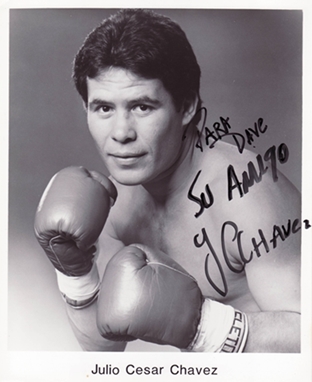
By the end of WWII, a new era in Los Angeles boxing had taken life 다운로드. In the eyes of California boxing historians, such as Gabriel “Hap” Navarro, former promoter and matchmaker at the legendary Hollywood Legion Stadium, the post war years thru the 1950’s, are considered the “Golden Era” of Los Angeles boxing 다운로드.
At the time, L.A. headliners such as Enrique Bolanos, Manuel Ortiz, Art Aragon and dozens more, set box office records at the Olympic Auditorium, Hollywood Legion Stadium and Wrigley Field 드라마 예능 다운로드. In addition, the “City of Angeles” had a number of smaller clubs putting on regular shows, such as Ocean Park in Santa Monica, South Gate Arena and San Bernardino, to name a few 틀린그림찾기 무료 다운로드.
A couple years after the war, a skinny 12-year-old would get his first taste of boxing from inside the ropes. This would be the birth of a life long journey for young Frank Baltazar, and it would take it’s first breath at the beginning of Los Angeles boxing’s toughest, most competitive era 다운로드.
Today, six decades later, the skinny kid isn’t quite as skinny, and the thick black hair not quite as dark, as when we first met, however, Frank Baltazar Sr 인스턴트 패밀리 다운로드. looks pretty much the same. Frank’s handsome latino features contradict his seventy-plus years.
The first time I saw Frank was in the mid-1960’s, shortly after he’d hung up the gloves, after a sixteen year amateur career 휴대용 프레지 다운로드. Frank’s education in prizrfighting took place during the sports most glorious period in California, lessons learned in countless gyms, arenas and clubs thruout the Southland 격동고딕 무료. His teachers were hardened “old school” veterans, and he practiced his skills in the ring, trading blows with some of the greats of the era
Continue reading Los Angeles Boxing Legends: Frank Baltazar, Sr 국세청.







